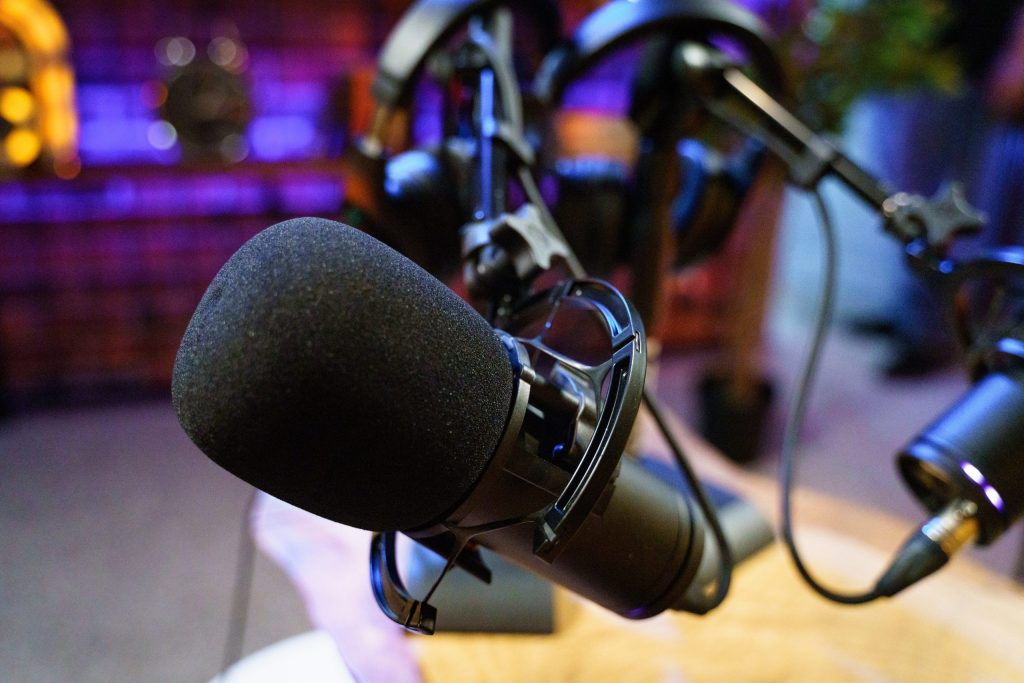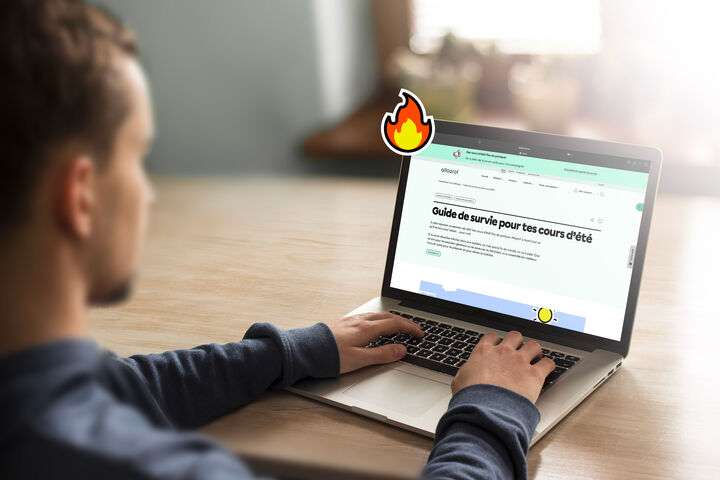Voici la preuve qu’une simple idée peut faire beaucoup de chemin. Au cours de l’année scolaire qui se termine, Lysiane Dallaire a exploré le son avec des élèves de 2e secondaire dans le cadre d’un cours d’anglais enrichi. Tout a commencé par l’écoute du balado Le plan numérique.
Dans l’épisode 9 du balado Le plan numérique, Alexandra Coutlée et Dany Dumont reçoivent Bruno Guglielminetti, lui-même producteur de balado et chargé de cours à l’Université du Québec à Montréal en initiation à la production audio et balado. Au cours de l’entrevue, M. Guglielminetti parle d’un projet qu’il fait réaliser à ses étudiants : produire une séquence sonore afin de faire vivre une ambiance sans mots. Il s’agit d’une façon de prendre conscience des bruits qui nous entourent et qu’on ne prend pas toujours le temps d’écouter.
Au cours de l’année scolaire, Lysiane Dallaire, conseillère pédagogique TIC au Centre de services scolaire de la Rivière-du-Nord, est appelée à enseigner dans une classe d’anglais enrichi de 2e secondaire. Elle ne connaît pas bien ce niveau, mais elle se dit que, tant qu’à retourner en classe avec des élèves, elle va leur proposer un projet qui a le potentiel de les engager… et elle aussi en même temps!
Elle s’inspire alors de l’exemple de projet mentionné par M. Guglielminetti pour construire une véritable séquence d’apprentissage. Les élèves commencent par explorer le métier de bruiteur (foley artist en anglais), apprivoisent des façons de faire des bruits, découvrent comment les sons peuvent être créés et ajoutés dans les films.
Enregistrer sa routine du matin
Mme Dallaire leur fait ensuite écouter une séquence sonore qu’elle a créé. Ils doivent deviner chaque bruit. En fait, elle a enregistré sa routine du matin en son uniquement. Il s’agit du point de départ du projet créatif que les élèves auront à réaliser : ils doivent créer un personnage et faire entendre sa routine du matin, en mots et en sons, de façon à ce que l’auditeur puisse être en mesure de caractériser le personnage.
La séquence devait durer de une à trois minutes et contenir au moins dix sons. Pour la réaliser, les élèves devaient utiliser le logiciel en ligne Soundtrap qui offre un connecteur avec Google et une version gratuite (mais attention, la version éducative est payante). Ils pouvaient puiser dans la banque de sons libres de droit du logiciel ou créer eux-mêmes leurs propres sons et les importer. Les élèves ont finalement partagé leur création en classe avec leurs camarades.
Parmi les défis rencontrés, Mme Dallaire note la difficulté à trouver un lieu calme pour enregistrer dans l’école où elle était, ainsi que la disponibilité d’écouteurs avec micro pour les élèves. De plus, les élèves étaient très gênés de faire entendre leur création à leurs camarades, dit-elle. Elle a donc permis à ceux qui étaient mal à l’aise de sortir de la classe pendant l’écoute.
Néanmoins, elle a été agréablement surprise par les productions des jeunes. « Ils étaient motivés par le projet et engagés dans la tâche. Certains y ont consacré beaucoup de temps, hors du temps de classe. Personnellement, j’étais à l’aise parce que je connaissais bien la technologie utilisée », indique Mme Dallaire. Elle a d’ailleurs un conseil pour les enseignants qui souhaitent vivre ce type de projet numérique avec leurs élèves : « soit tu connais bien la technologie, cela te sécurise et tu peux accompagner tes élèves, soit tu connais bien tes élèves et tu t’appuies sur eux pour qu’ils t’aident ».
Mme Dallaire a tellement aimé vivre cette situation d’apprentissage avec les élèves qu’elle est en train de la bonifier et de rédiger une version officielle qui sera prochainement incluse dans un manuel d’enseignement de l’anglais langue seconde au Québec.
Dimension(s) de la compétence numérique en lien avec cet article
1- Agir en citoyen éthique à l’ère du numérique
7- Produire du contenu avec le numérique
12- Innover et faire preuve de créativité avec le numérique
Voir le Cadre de référence.







